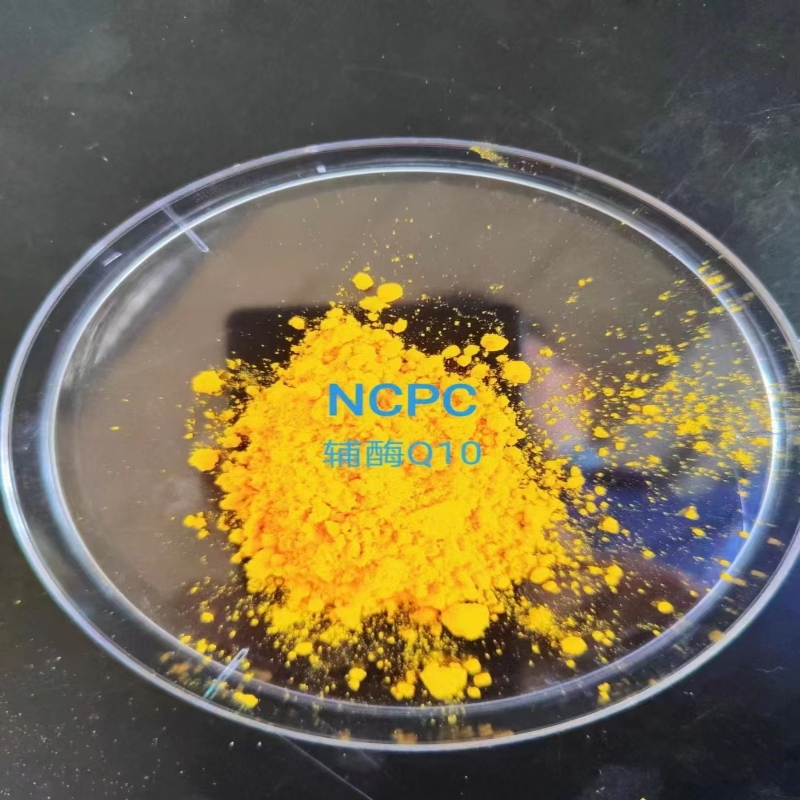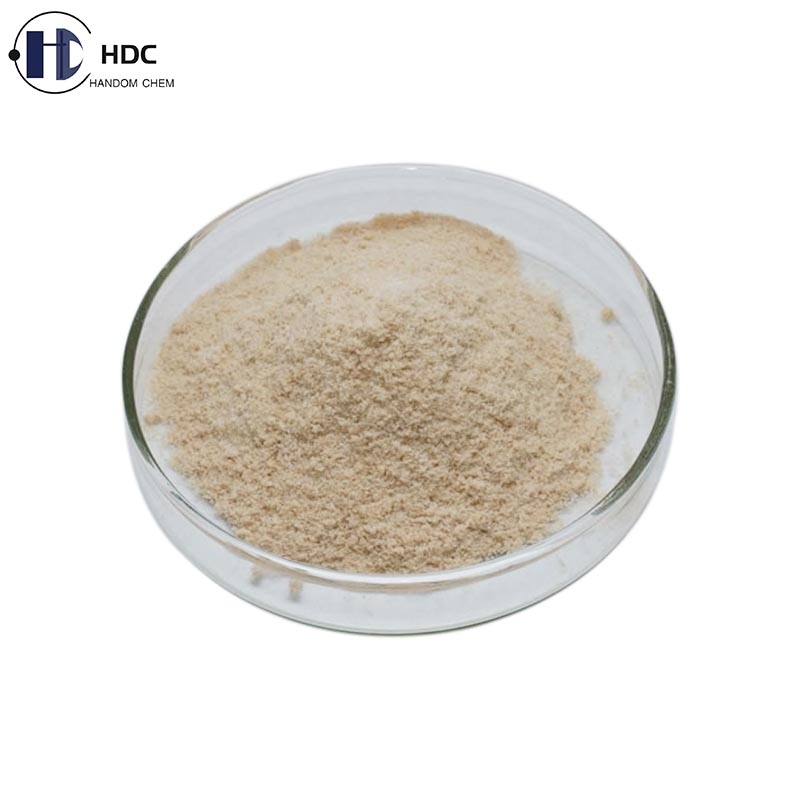Study on the functional transformation mechanism of inulin glycosyltransferase and diglycan hydrolase
-
Last Update: 2019-02-09
-
Source: Internet
-
Author: User
Search more information of high quality chemicals, good prices and reliable suppliers, visit
www.echemi.com
ACS catalysis, a famous journal of the American Chemical Society, published on-line the cooperative paper "structural and functional basis of difrutose anhydride III hydrolase, which" by Professor Teng MaiKun / Associate Professor Li Xu of the Department of life science and medicine of University of science and technology of China and Hefei National Research Center of microscale material science and Professor mu wanmeng of Jiangnan University Sequential conversions inulin using the same catalytic residue ", a bifunctional enzyme dfa-iiase with continuous catalytic activity for inulin was discovered for the first time in this study, and its bifunctional conversion mechanism was revealed The discovery of this mechanism provides a new idea for the design of continuous catalytic transformation of the enzyme Inulin is a kind of natural fructan mixture Its decomposition product, dfa-iii, has an important physiological regulation function, and has important effects in promoting the growth and reproduction of intestinal probiotics, promoting the absorption of trace elements, anti caries, diuresis, improving constipation, etc Dfa-iii can be further decomposed into inulin disaccharide under the catalysis of dfa-iiase, but its catalytic mechanism is not clear In this study, a dfa-iiase with the functions of both inulin glycotransferase and diglycan hydrolase was isolated from Arthrobacter chlorophenol by the cooperative research group of the University of science and technology of China and Jiangnan University for the first time The molecular mechanism of the enzyme to continuously catalyze inulin substrate through a cover with variable configuration was elucidated through 11 different crystal structures of monomers and complexes 。 This work, on the one hand, elucidates the molecular mechanism of dfa-iii hydrolysis by dimercarboxylic anhydride hydrolase at the atomic level, on the other hand, provides an interesting example of continuous enzyme catalysis, which provides a new perspective for the design and research of multi-functional continuous catalytic modification of other enzymes The research work was supported by NSFC The corresponding authors are Li Xu, associate professor of University of science and technology of China and mu wanmeng, Professor of Jiangnan University The first authors are Yu Shuhuai, classmate of Jiangnan University and Shen Hui, doctor of University of science and technology of China.
This article is an English version of an article which is originally in the Chinese language on echemi.com and is provided for information purposes only.
This website makes no representation or warranty of any kind, either expressed or implied, as to the accuracy, completeness ownership or reliability of
the article or any translations thereof. If you have any concerns or complaints relating to the article, please send an email, providing a detailed
description of the concern or complaint, to
service@echemi.com. A staff member will contact you within 5 working days. Once verified, infringing content
will be removed immediately.







